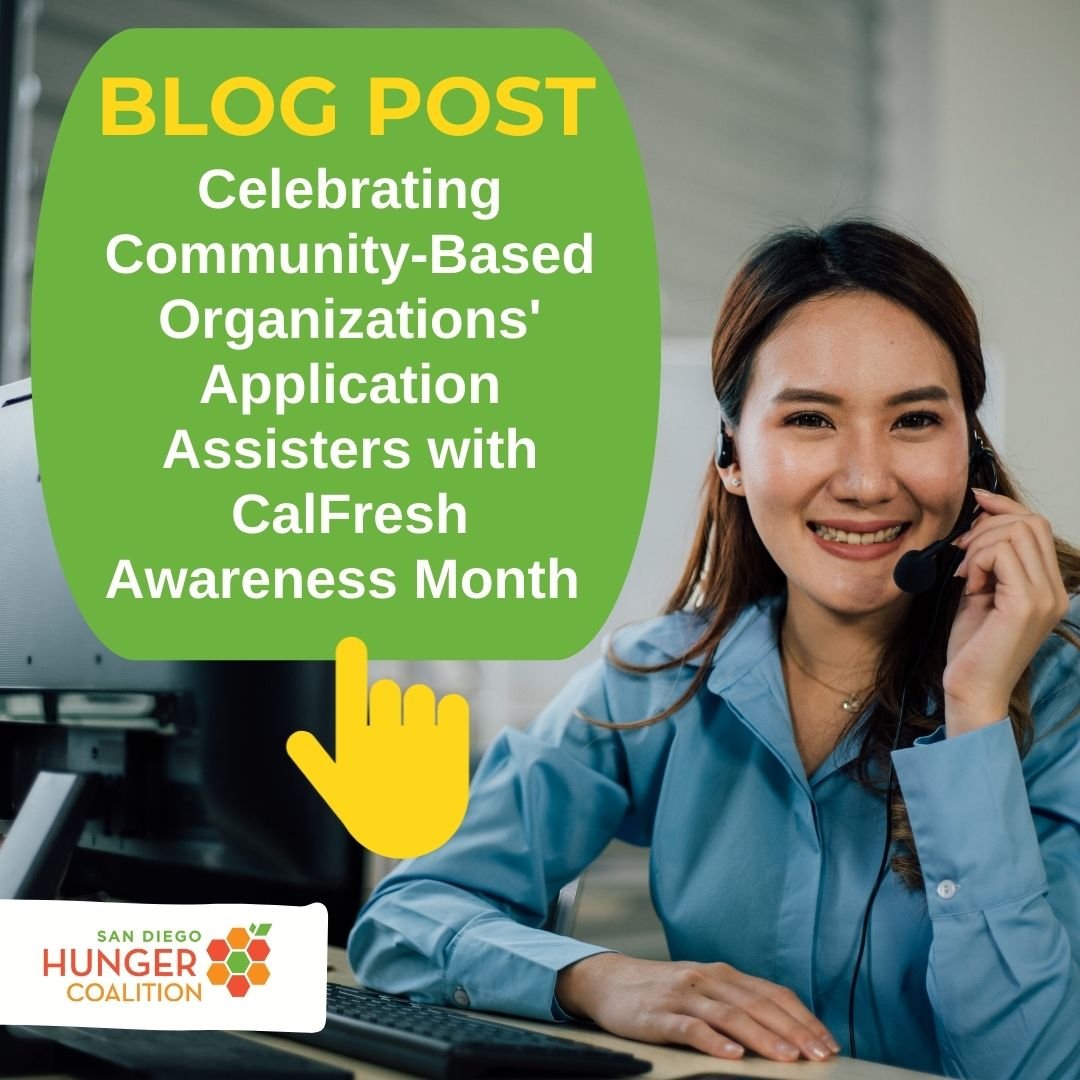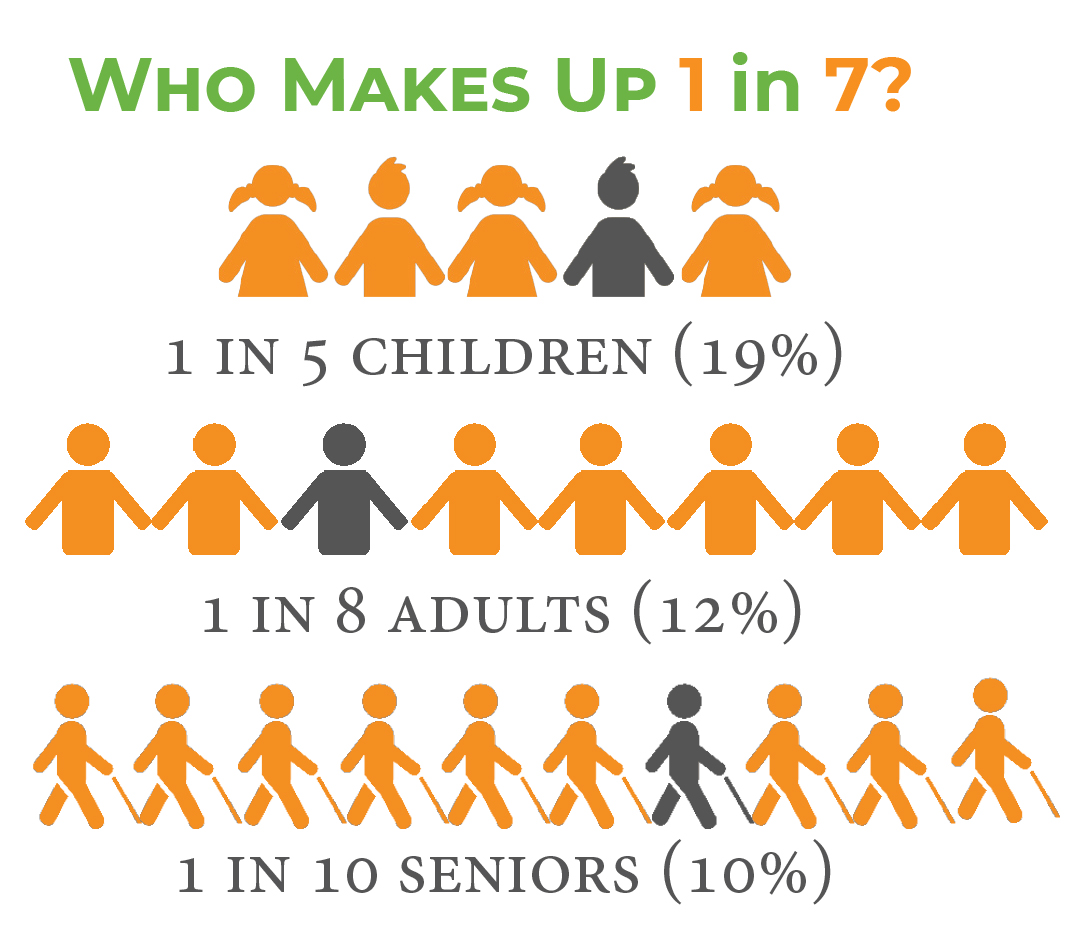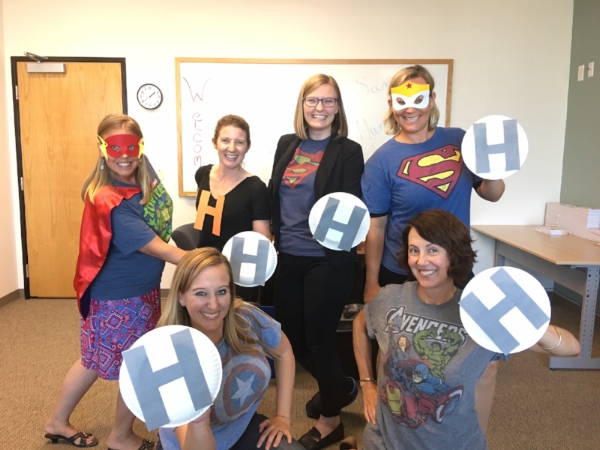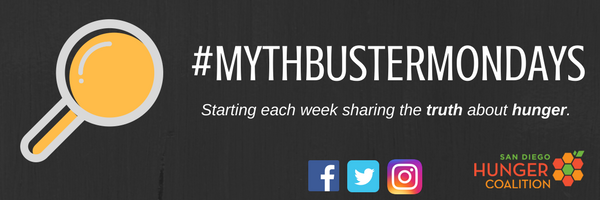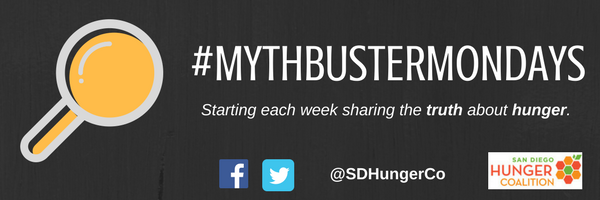Celebrating Community-Based Organizations' Application Assisters with CalFresh Awareness Month
/By Anahid Brakke (she/her)
May is CalFresh Awareness Month! CalFresh, also known as Supplemental Nutrition Assistance Program (SNAP), is a federal food assistance program that provides benefits for eligible households to purchase groceries and bolster food security.
This month is especially important to build awareness in San Diego County, as one of the main barriers to program participation is a lack of awareness around eligibility requirements. This month, we celebrate the incredible work of application assisters and the importance that they play. Thankfully, we have local community-based organizations (CBOs) that play a significant role in our county to support awareness, outreach, and enrollment efforts. As pillars of the community, CBOs are often the first point of contact for individuals seeking assistance with the application process, and they are uniquely poised to provide supportive, effective, and culturally competent application support through their trained CalFresh Application Assistors.
For CalFresh Awareness Month, we would like to highlight the crucial role that our subcontracted CBO application assisters fulfill in San Diego County to increase CalFresh enrollment. Application assisters can evaluate someone's eligibility and guide them through the application process, while also deciding how to best support them, by offering the languages a community member(s) prefer and helping to dispel misconceptions or fears about CalFresh with trusted information.
We are proud to partner with such organizations across the county with rooted connections that can reach unique communities in each place. All organizations subcontracted with the San Diego Hunger Coalition go through our in-depth CalFresh 101 training to help assist with a broad range of applications. It is here where application assisters are trained to advocate for community members and know how to overcome barriers to enrollment. For example, application assisters will go through the process of assisting clients with collecting information such as navigating how to access paystub information since many clients have direct deposit. Application assisters will also sit down with applicants to see if additional expenses such as childcare can be considered to boost benefit amounts. Application assisters in community-based organizations ensure that clients will have a higher likelihood of approval. Many of our partners have been doing this work and contributing to increased nutrition security for years.
You can find our network of partners here: https://sdhunger.org/getcalfresh
You can find our FAQ geared towards community members here: https://www.sdhunger.org/calfresh-for-community-faq.
Anahid Brakke (she/her) is the President & CEO of San Diego Hunger Coalition

